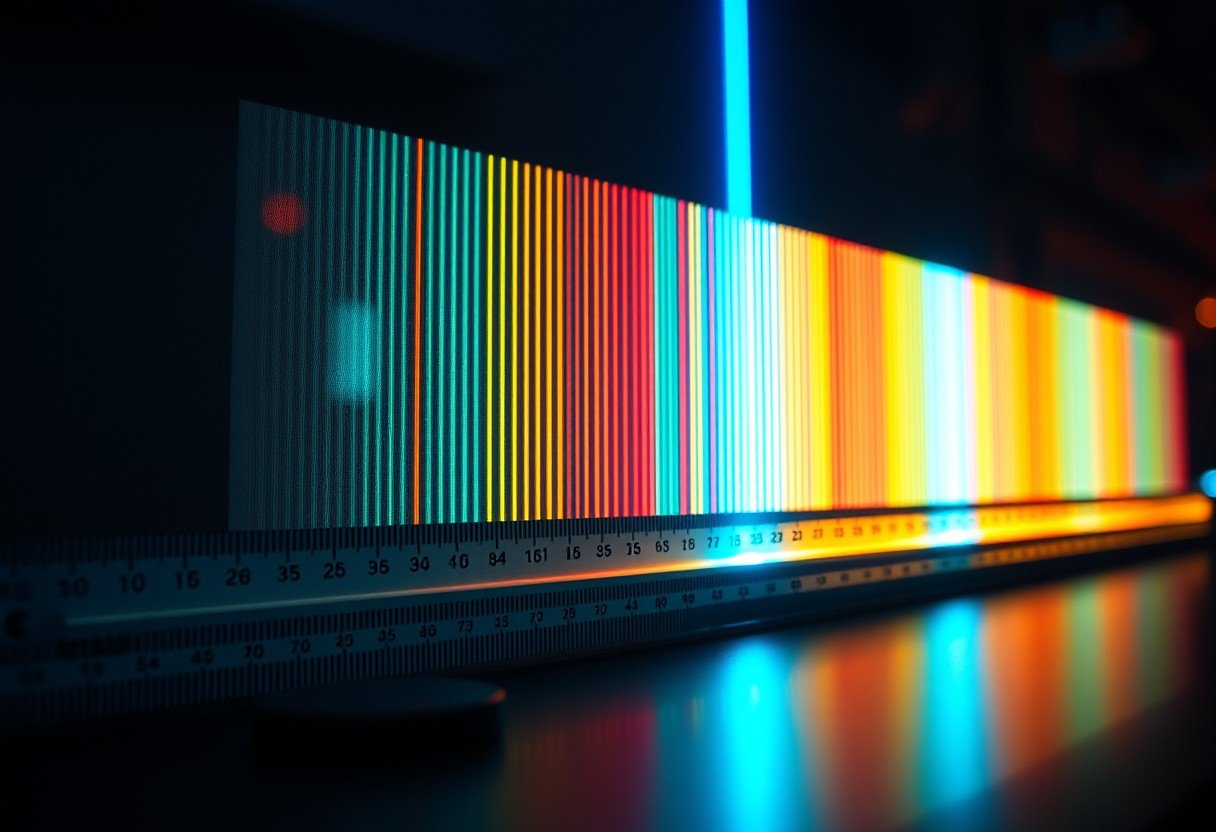A 6 oz chicken breast is a powerhouse of nutrition, especially for those looking to boost their protein intake. Depending on how it’s prepared, it can contain anywhere from 42 to 54 grams of high-quality protein. This makes it a fantastic choice for athletes, fitness enthusiasts, or anyone focused on building muscle, managing weight, and supporting overall health. Understanding the details helps you make smarter choices for your daily meals.
How Much Protein is in a 6 oz Chicken Breast?
The protein content in a 6 oz (170g) chicken breast can vary, but it’s always significant. The context provides two figures, which often depend on whether the measurement is for raw or cooked chicken. A cooked 6 oz boneless, skinless chicken breast typically provides around 54 grams of protein.
Another common estimate is that chicken breast has about 7 grams of protein per ounce. Using this calculation, a 6 oz portion would contain approximately 42 grams of protein. The difference often comes down to moisture loss during cooking, which concentrates the protein per ounce.
Regardless of the exact number, a 6 oz serving delivers a substantial amount of your daily protein needs. For many adults, this single serving can account for most, if not all, of their recommended daily intake.
Factors that Affect Protein Content in Chicken
Not all chicken breast is created equal. Several factors can slightly alter the amount of protein you get from your meal. Being aware of these can help you maximize your nutritional benefits.
The state of the chicken is a primary factor. A raw chicken breast weighs more than a cooked one because of its water content. As it cooks, it loses water and shrinks, making the protein content more concentrated in the final cooked weight.
Here are the key factors to consider:
- The Cut: A boneless, skinless chicken breast will have a higher protein-to-weight ratio compared to a bone-in, skin-on cut. The skin adds fat, and the bone adds weight without contributing protein.
- Cooking Method: Grilling, baking, or broiling are excellent methods that preserve protein. Frying or adding heavy breading can introduce extra fats and carbs, slightly altering the nutritional profile.
- Raw vs. Cooked: Always be clear if a measurement is for raw or cooked chicken. 6 oz of raw chicken will yield a smaller cooked portion, but the total protein from that original piece remains the same.
Why Chicken Breast is a Top Protein Source
Chicken breast is widely recognized as one of the best sources of lean protein available. This is because it offers a high amount of protein with very little fat, especially when the skin is removed.
It’s also a “complete protein,” which means it contains all nine essential amino acids that our bodies cannot produce on their own. These amino acids are the building blocks for repairing muscle, growing tissue, and supporting countless bodily functions.
The protein in chicken also has a high biological value. This is a measure of how efficiently your body can absorb and use the protein it consumes. Chicken scores very high, ensuring that the protein you eat is put to good use for muscle repair and growth.
Daily Protein Needs: How Much Should You Eat?
Understanding your personal protein needs helps put the 54 grams from a chicken breast into perspective. The right amount of protein varies based on your age, sex, weight, and activity level. Protein is vital for repairing tissues, supporting immune function, and maintaining muscle mass.
For a general idea of daily protein requirements, you can refer to the guidelines below.
| Activity Level | Recommended Protein per Kilogram of Body Weight | Example for a 150 lb (68 kg) Person |
|---|---|---|
| Sedentary | 0.8 grams | ~55 grams per day |
| Moderately Active | 1.2 – 2.0 grams | 82 – 136 grams per day |
| Strength Athlete | 1.6 – 2.2 grams | 109 – 150 grams per day |
As the table shows, a single 6 oz chicken breast can meet the entire daily protein requirement for a sedentary person and provide a huge head start for more active individuals.
Best Ways to Cook Chicken to Preserve Protein
How you cook your chicken can impact its health benefits. To get the most protein without adding unhealthy fats, some cooking methods are better than others.
Grilling, baking, and broiling are fantastic choices. These methods require little to no added oil and cook the chicken evenly, helping to retain its nutrients and flavor. Poaching or steaming are other excellent lean options.
Methods like deep-frying or pan-frying with lots of oil can add a significant number of calories and unhealthy fats to your meal. While the protein content remains high, the overall nutritional value is compromised.
Other Nutrients Found in Chicken Breast
While protein is the star of the show, chicken breast is also packed with other essential vitamins and minerals that contribute to your overall well-being. It is a nutrient-dense food that offers more than just muscle-building blocks.
Consuming chicken breast helps you get a good dose of several important micronutrients.
- B Vitamins: It is a rich source of niacin (Vitamin B3), Vitamin B6, and Vitamin B12, which are crucial for energy production and brain function.
- Selenium: This powerful antioxidant helps protect your cells from damage and supports thyroid function.
- Phosphorus: Essential for strong bones and teeth, phosphorus works alongside calcium to maintain skeletal health.
- Zinc: Important for a healthy immune system and wound healing.
This combination of protein and essential nutrients makes chicken breast a truly valuable part of a balanced diet.
Frequently Asked Questions about Chicken Protein
How many grams of protein are in a 6 oz chicken breast?
A 6 oz (170g) cooked boneless, skinless chicken breast typically contains about 54 grams of protein. Some calculations estimate it at 42 grams, often based on an average of 7 grams of protein per ounce.
Is chicken breast a good source of protein for weight loss?
Yes, chicken breast is excellent for weight management. Its high protein content helps you feel full and satisfied, reducing overall calorie intake. Protein also has a higher thermic effect, meaning your body burns more calories digesting it compared to fats or carbs.
Does the cooking method change the protein content?
The cooking method doesn’t reduce the total amount of protein, but it can affect the protein concentration. Cooking removes water, making the protein more concentrated per ounce. Grilling or baking is healthier than frying, which adds extra fat and calories.
Is chicken breast a complete protein?
Yes, chicken breast is a complete protein source. This means it provides all nine essential amino acids that your body needs for muscle repair, tissue growth, and other critical functions but cannot produce on its own.
What other nutrients are in chicken breast besides protein?
In addition to protein, chicken breast is a great source of B vitamins like B6 and B12, niacin, selenium, and phosphorus. These nutrients are vital for energy metabolism, immune function, and maintaining strong bones.








Leave a Comment